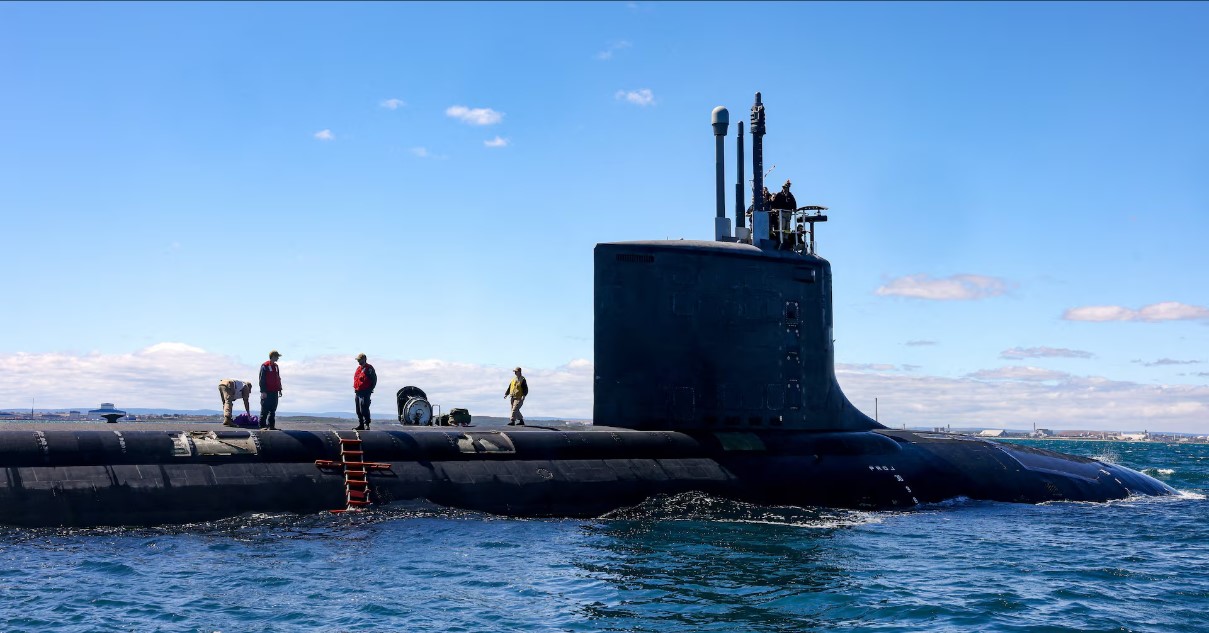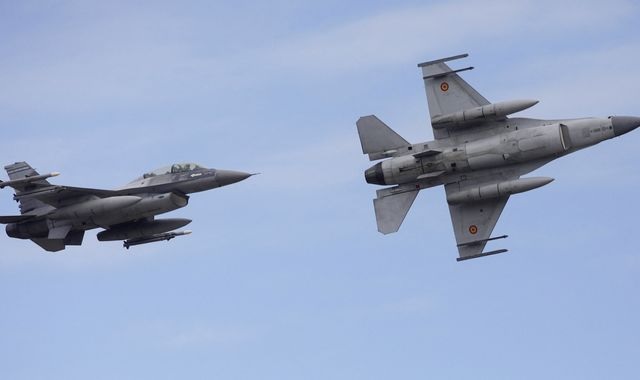Rising Tensions in Bay of Bengal as Chinese Vessel Approaches Indian Naval Exercise

Tensions are escalating in the Bay of Bengal as a Chinese ocean research vessel, the Xiang Yang Hong 03, nears an area designated by India for a naval subsurface firing exercise. This unexpected proximity, a mere 120 nautical miles from the exercise zone, has sparked concerns over potential surveillance and intelligence-gathering activities.
India had declared a no-fly zone in the region for the duration of its naval exercise, issuing a Notice to Airmen (NOTAM) to ensure the safety and secrecy of the operations. The presence of the Chinese vessel so close to this restricted area has prompted the Indian Navy to keep a vigilant eye on its movements, assessing any potential security threats it might pose.
While China asserts that the Xiang Yang Hong 03 is engaged in civilian research, its activities in the Indian Ocean Region (IOR) have consistently raised alarms in New Delhi. India perceives these vessels as dual-use platforms that, under the guise of civilian missions, can serve military purposes. This incident is seen as part of the broader strategic rivalry between the two Asian giants, each striving to assert its influence in the Indo-Pacific region.
The Bay of Bengal has become a focal point of this competition, with both nations expanding their naval capabilities and presence. Experts suggest that the timing and location of the Chinese vessel's appearance are no coincidence. They believe it is a calculated move by China to demonstrate its reach and capabilities, possibly to gather intelligence on India's naval operations.
The Indian Navy's reaction to this situation will be crucial in shaping future maritime interactions between the two countries. Maintaining a balance between asserting its own strategic interests and avoiding unnecessary escalation will be key. As India continues to enhance its naval presence and capabilities in the IOR, encounters like these are likely to become more frequent, underscoring the need for robust maritime security strategies.
The incident comes amidst broader geopolitical dynamics, with both nations also involved in land border disputes and expanding their economic and diplomatic influence across Asia and beyond. The Bay of Bengal, a vital maritime route for trade and energy supplies, remains a strategically significant area where the interests of major regional powers converge and sometimes clash.
As the situation unfolds, it serves as a reminder of the complex and often tense nature of maritime security in the Indo-Pacific, where strategic interests, national security, and international diplomacy intersect.



